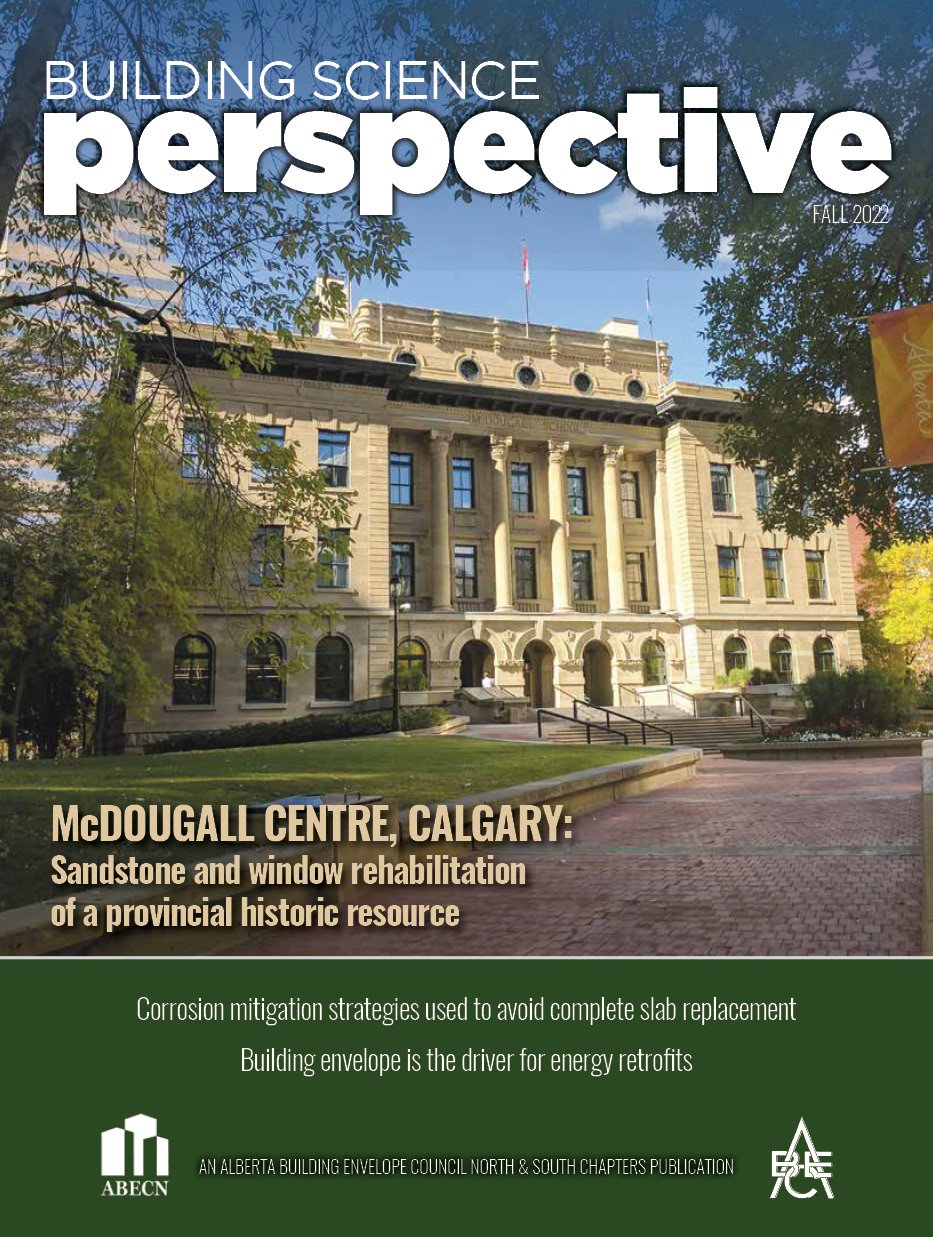
BUSINESS WOMEN OF THE OKANAGAN | February 2023
Women make up more than half of the Canadian population but are significantly underrepresented in engineering education and in the engineering profession. Over the past decades, the number of women enrolled in post-secondary engineering programs has risen, as has the number of women in the engineering profession. Yet despite steady increases in the representation of women, men still vastly outnumber women in engineering.

Concrete International - The Magazine of the Concrete Community | February 2023
Jack Poldon | Engineering Intern
Despite over 100 years of reinforced concrete research, the precise load-carrying mechanism for shear is still up for debate.1 Past researchers have characterized shear failures through empirical relations based on limited measurement data leading to design codes around the world using different approaches to estimate shear strength.
But with the emergence of distributed sensors, namely distributed fiber optic sensors (DFOS) and digital image correlation (DIC), the potential now exists to characterize the behavior of reinforced concrete with a new level of accuracy, and to find an answer to the riddle of shear.2

Canadian Consulting Engineer | January 10, 2023
RJC Engineers, reportedly Canada’s largest independent and employee-owned engineering firm to specialize in buildings, has appointed three new principals and 14 associates across the country.
Recently appointed as executive principal of RJC Engineers, Steers has been involved in restoring many parking structures in Western Canada. “There was the old Woodward’s Cordova Street parkade, work for the City of Vancouver and lots of parking structure work for mall owners including Oakridge, Metrotown and Pacific Centre,” he says.

Daily Commercial News by ConstructConnect | December 15, 2022
Breaking away from tradition using innovative techniques was an underlying theme of this year’s Concrete Ontario award winners.
Buildings at Carleton University in Ottawa and the University of Toronto’s downtown campus were among the winners of the 2022 Concrete Awards presented by Concrete Ontario.

Journal of Commerce by ConstructConnect | December 12, 2022
Leon Plett, P.Eng., MIStructE, Struct.Eng., LEED® AP | Managing Principal
During a panel discussion hosted by the Royal Architectural Institute of Canada, experts discussed community awareness, overbuilds and residential retrofits as important paths forward for increasing Victoria, B.C.’s seismic safety.
“We have the opposite of (earthquake) hysteria in Victoria, which is denial,” said Leon Plett, managing principal with RJC Engineers.
Plett’s firm has retrofitted and seismically upgraded dozens of buildings in Victoria, but he said there is still a need to raise community awareness to get more done.
He said a lack of urgency within the general and developer communities can be a roadblock when trying to design earthquake-resistant buildings.

Journal of Commerce by ConstructConnect | December 12, 2022
The massive steel superstructure of the $500-million BMO Centre expansion project in the Stampede Park grounds near downtown Calgary has been completed and hundreds of skilled trades have now turned their attention to enclosing the building so they can begin the inside work.

ABEC Building Science Perspective | Fall 2022
Ryan Page, BSc. , E.I.T. | Engineer-In-Training
For tall buildings, façades comprise
the majority of the building envelope, the critical component for structures providing separation between the conditioned and unconditioned environment. Building façades continue to evolve aesthetically, in complexity, but also in efficiency.
However, building façades deteriorate due
to environmental exposure, lack of maintenance, design and construction errors, or a combination of such factors [1]. Deterioration can result in potential unsafe conditions, and if unaddressed, can jeopardize public safety and surrounding properties. Understanding that these conditions can develop throughout the service life of buildings, prompts the need for periodic inspection and assessment of building exterior façades to identify such hazardous conditions.

CondoBusiness | November 23, 2022
Duncan Rowe, BASc, MEng, P.ENG., LEED® AP, BECxP, CPHD | Principal
Owners of existing condos are in a unique and challenging position as we progress toward 2030. New regulations from multiple levels of government are forcing condominium boards and property management companies to consider more than just a simple cost-benefit calculation when examining repair and retrofit options.
Many condos are getting older and facing decisions about upgrading major components, such as parking garages, windows, walls, and roofs. These components do not generally have quick paybacks, are considerable capital expenses, and can take multiple years to deliver.

SABMag - The Passive House issue | Fall 2022
The Putman Family YWCA is Hamilton’s first affordable housing residence for women and children. The six storey building comprises four floors of apartment units above a ground floor and basement podium that opens to a community garden on one side. The interconnected ground and basement levels provide community services to residents and the greater community, while the sixth floor provides community and amenity spaces for residents.
Of the 50 apartment units, 15 were reserved for women living with developmental challenges. Priority for all units was given to women from marginalized and Indigenous communities who have experienced domestic violence and homelessness.

Canadian Property Management | November 16, 2022
Peter Machnee, MEng., P.Eng. | Regional Manager
As society evolves, codes change, and exterior forces like climate change and global economics impact the way buildings are designed and constructed, it’s critical to have an eye on current and future trends. While no one could have foreseen a years-long pandemic shuttering the world’s offices and storefronts, developers today are well-aware that anything is possible. Meanwhile, climate change has increased the likelihood that a major weather event could strike at any moment, whether you live in PEI, Ontario, or BC. Factoring in these once “doomsday-esq” considerations has become central to a building’s ability to stand the test of time.
So, what are the “Big 3 Forces” currently shaping building design? Peter Machnee, Regional Manager, RJC Engineers, gives us his expert opinion: